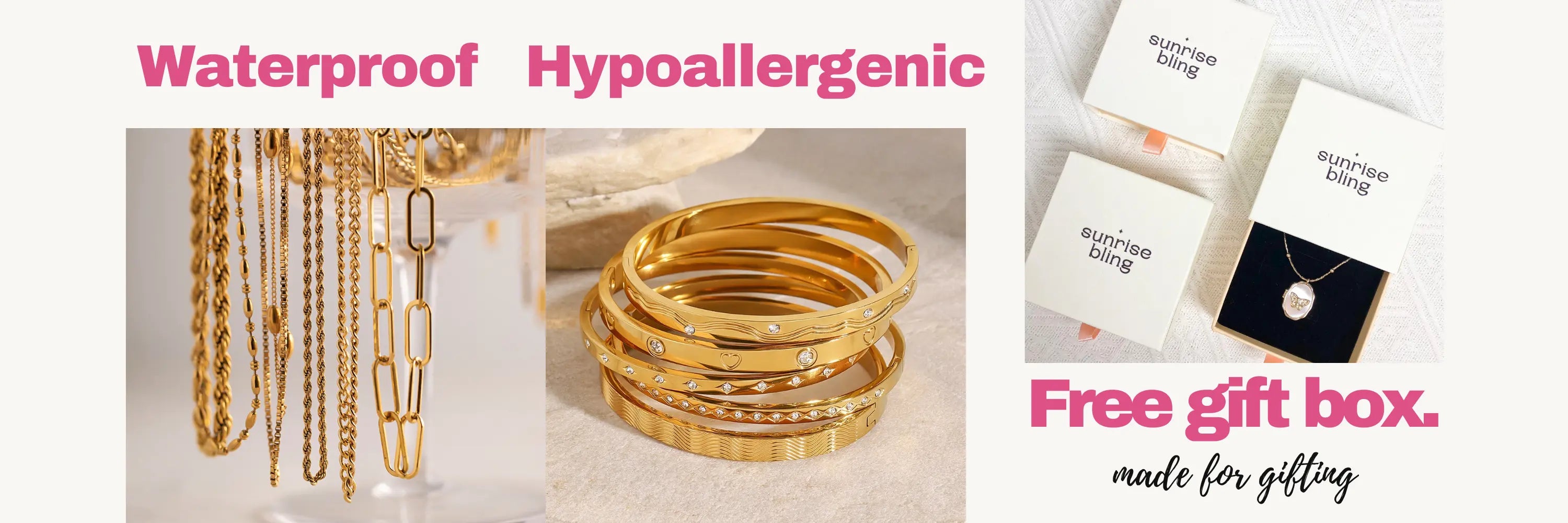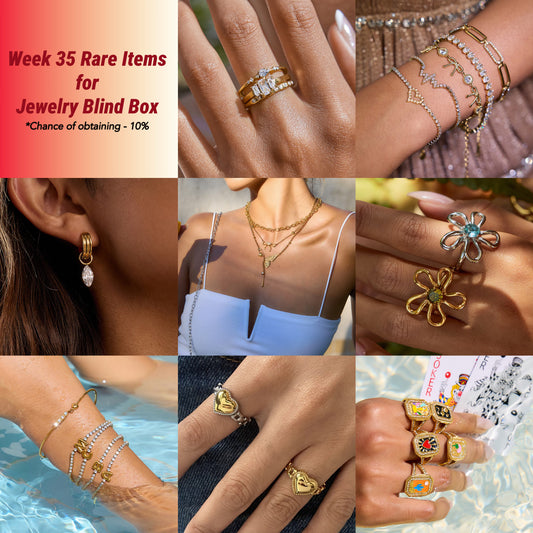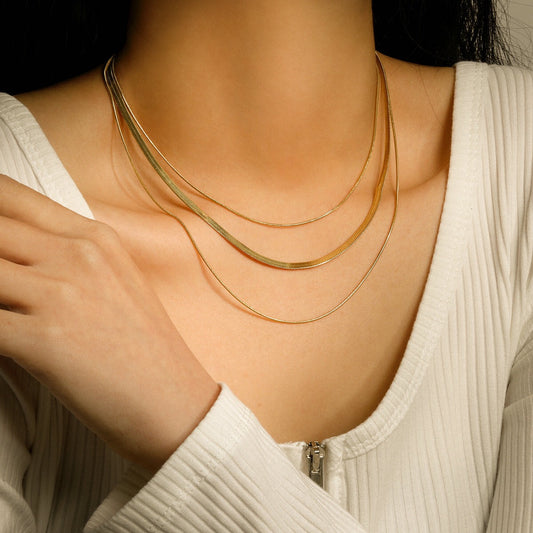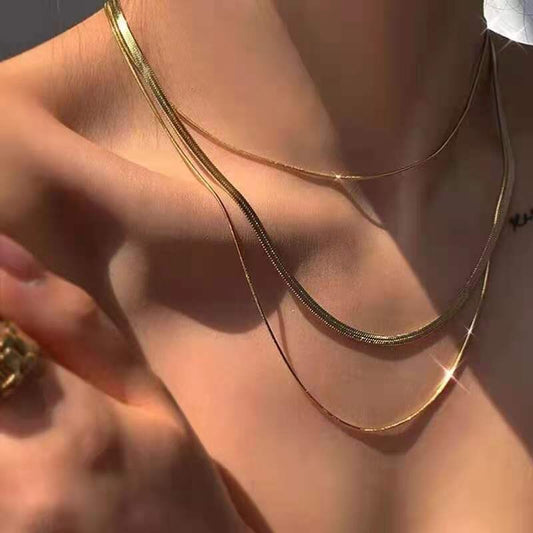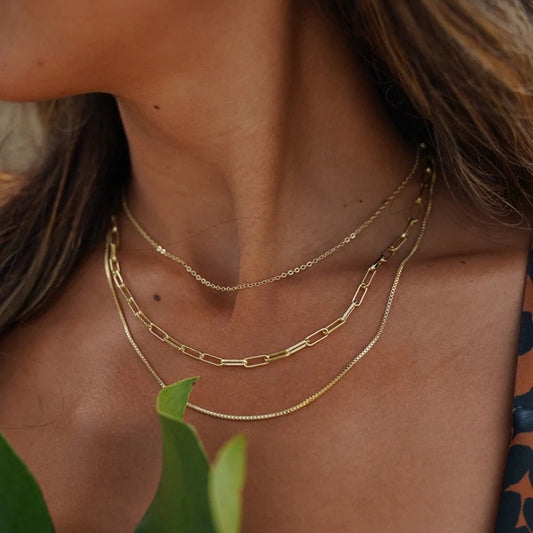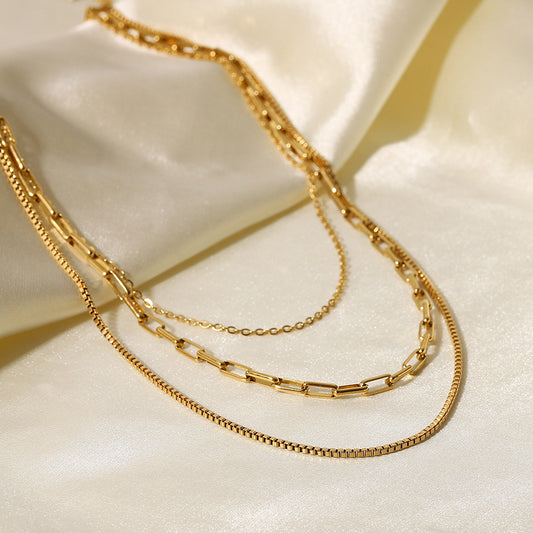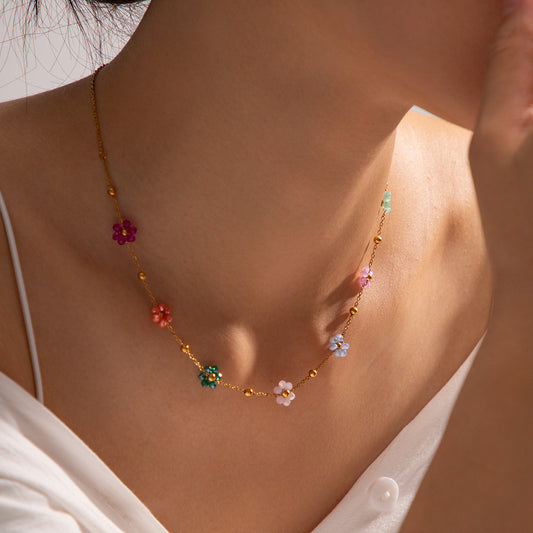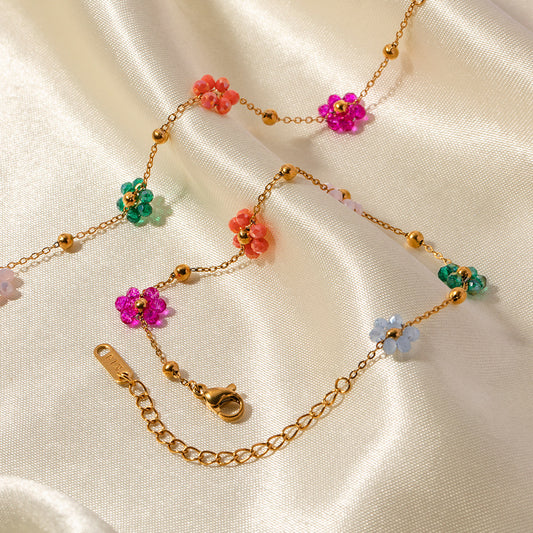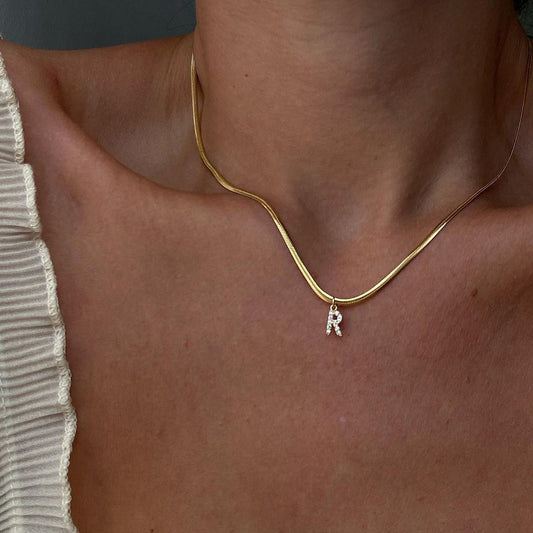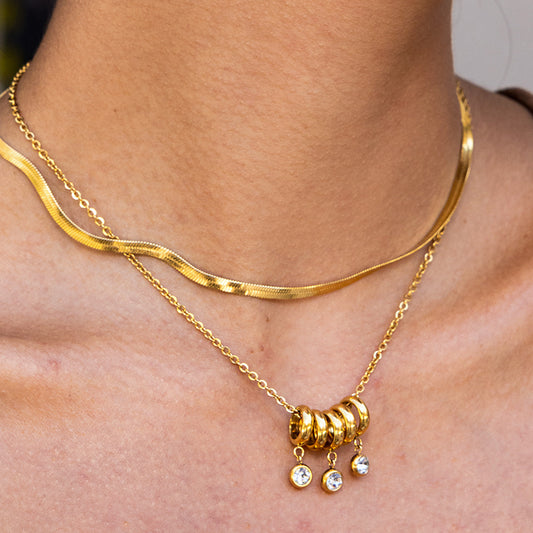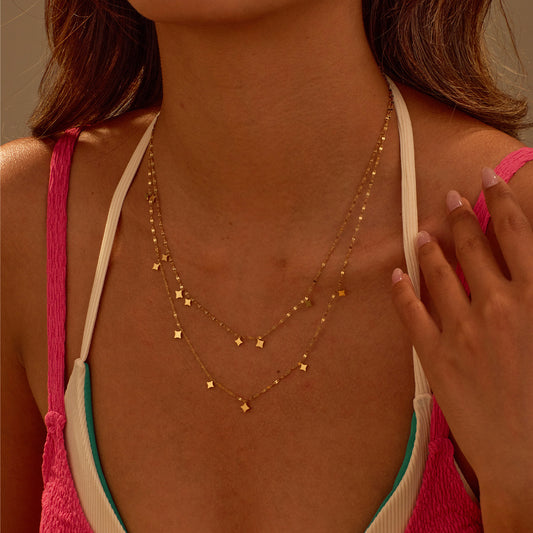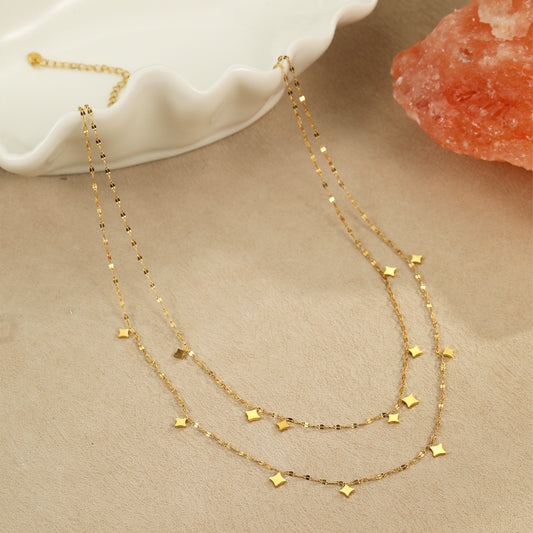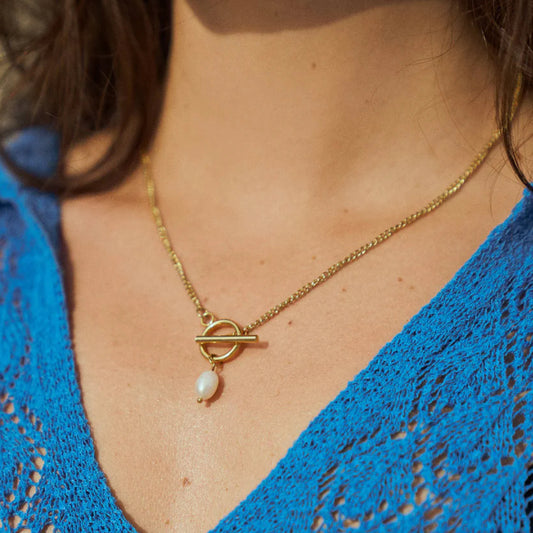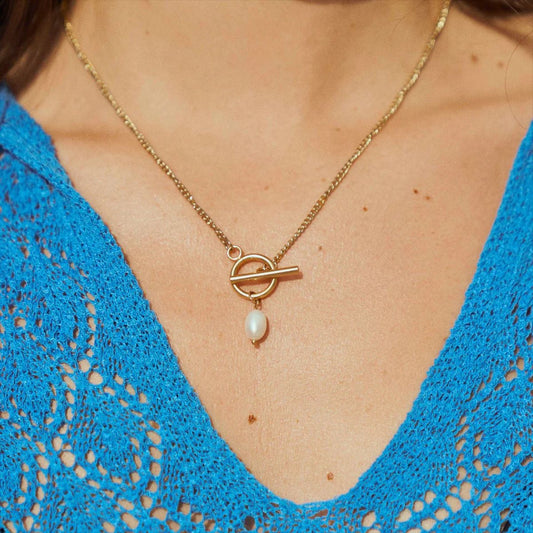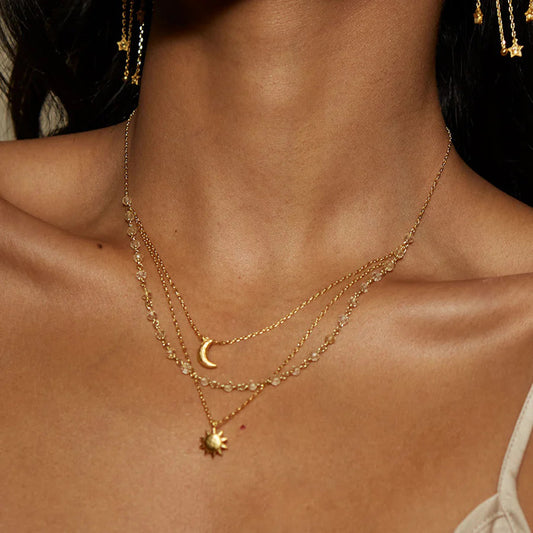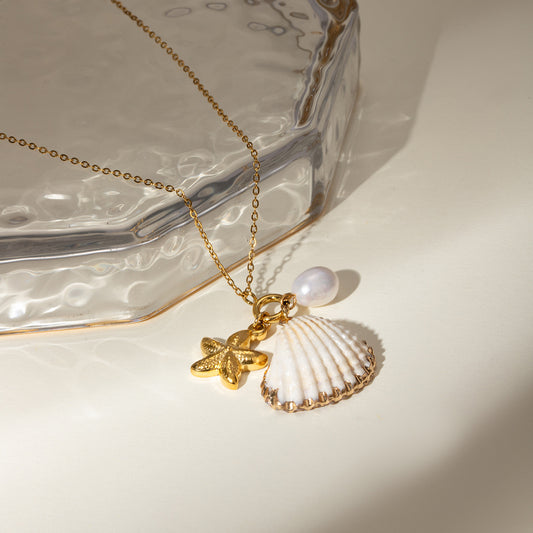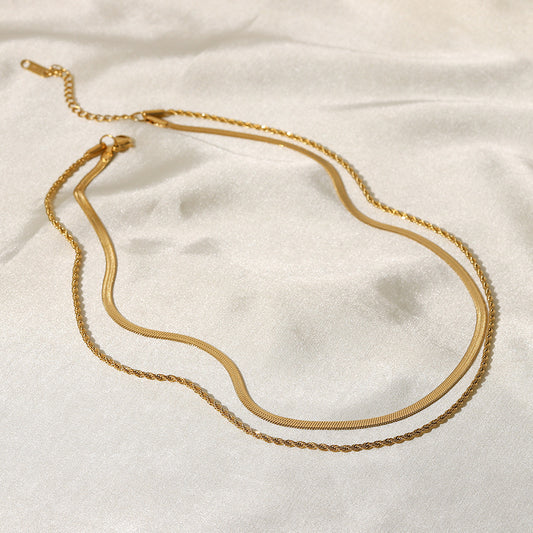Necklace lengths are a crucial yet often overlooked detail in jewelry styling, with the right fit transforming an outfit from ordinary to extraordinary—proving that to "measure right" is to "style bright." The US jewelry market was valued at about 63 billion US dollars in 2023, a gradual decrease that has been observed since 2018. Necklace lengths refer to the total distance of the chain or cord, typically measured in inches or centimeters, and they dictate where the necklace falls on the chest, collarbone, or torso. Whether you’re aiming for a choker that hugs the neck or a lariat that dips below the bust, understanding necklace lengths ensures your jewelry complements your frame and outfit. Let’s dive into how to "measure right" to "style bright" with the perfect necklace length.

What is Necklace Lengths
Definition and Basics
Necklace lengths refer to the total length of a necklace, from one end of the chain or cord to the other, including any clasps or closures. They are standardized in most markets, with common lengths ranging from 14 inches (chokers) to 36 inches (long necklaces), though custom lengths are also available. The length determines the necklace’s placement on the body, which in turn affects how it interacts with necklines, body shapes, and personal style.
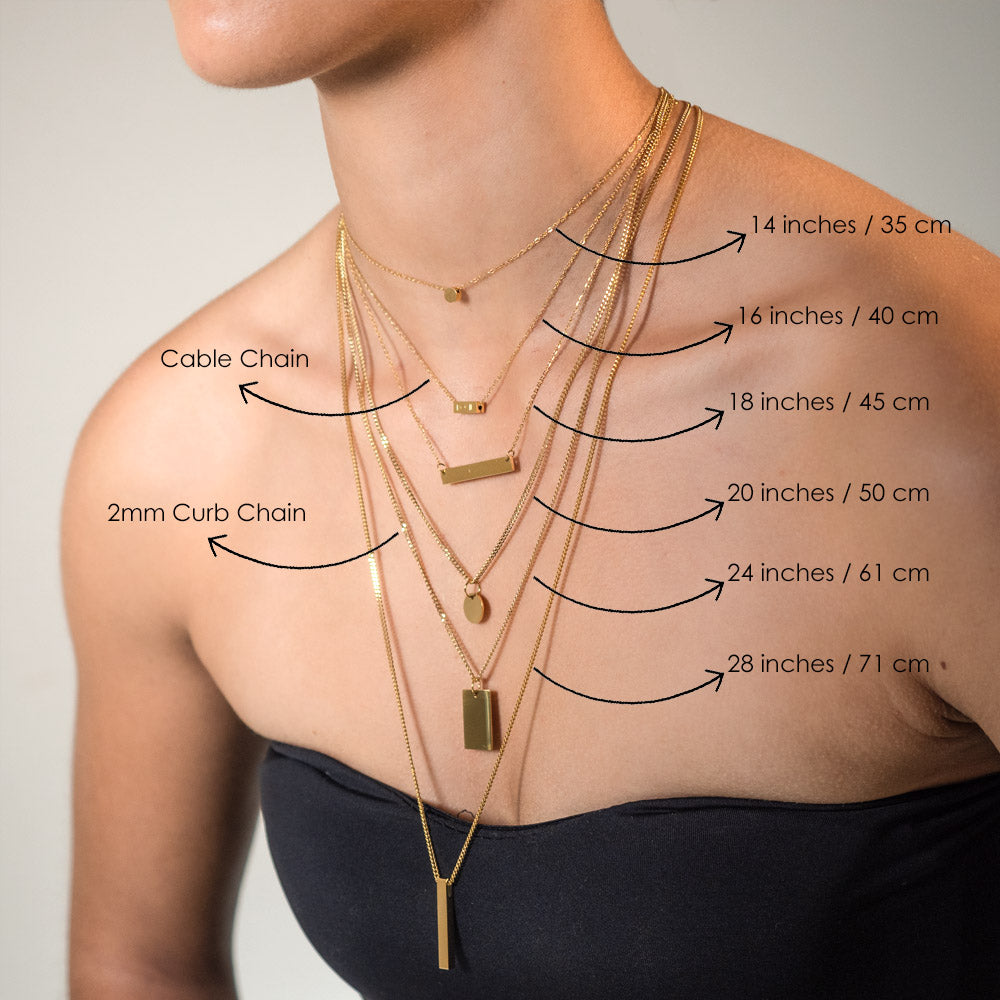
Common Units of Measurement
-
Inches: The primary unit used in the U.S. and many Western markets (e.g., 16 inches, 18 inches).
-
Centimeters: Used globally, with conversions like 16 inches = 40.6 cm, 18 inches = 45.7 cm.
-
Adjustable Lengths: Some necklaces feature extenders (1–3 inches) to allow for minor length adjustments, offering flexibility.
Why Length Matters
The right necklace length enhances your features: a short necklace can highlight a slender neck, while a longer piece can elongate the torso. Conversely, the wrong length can look awkward—too short may feel tight, and too long might get lost under clothing. Understanding lengths ensures your necklace "styles bright" by balancing your proportions.

How to measure necklace length
Tools Needed
-
A soft measuring tape (fabric or flexible plastic works best).
-
A piece of string or ribbon (if a measuring tape isn’t available).
-
A ruler (to measure the string if needed).
Step-by-Step Process for Existing Necklaces
-
Lay the necklace flat on a table, ensuring it’s not twisted.
-
Extend the measuring tape from one end of the clasp to the other end of the chain (include the entire length, even if there’s a pendant).
-
Read the measurement at the end of the chain—this is the necklace’s total length.
Step-by-Step Process to Determine Your Ideal Length
-
Wrap the measuring tape (or string) around your neck or chest to the desired position (e.g., collarbone, mid-chest).
-
Adjust until it feels comfortable—neither too tight nor too loose.
-
Note the measurement where the two ends meet. If using string, lay it flat and measure with a ruler.
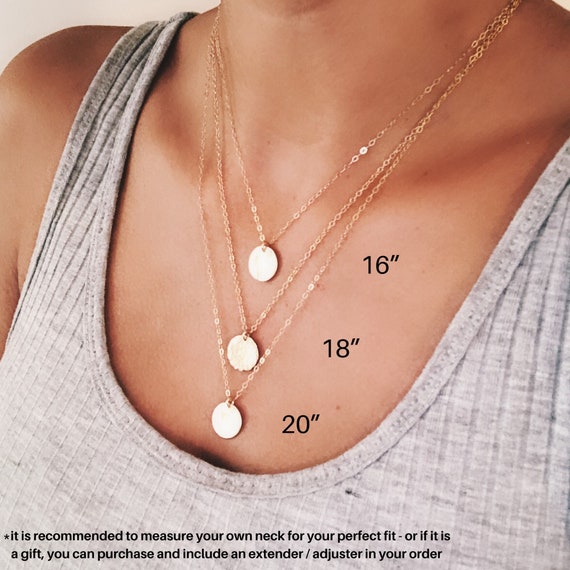
Tips for Accuracy
-
Measure over bare skin or thin clothing to avoid adding extra length.
-
For necklaces with pendants, account for the pendant’s drop (add its length to the chain measurement if you want it to fall at a specific point).
-
Measure twice to ensure consistency.
How to choose the right necklace length
Consider Your Neckline
-
V-Neck Tops/Dresses: A necklace that follows the V-shape (18–20 inches) complements the neckline, drawing the eye downward.
-
Crew Neck or Turtleneck: A shorter necklace (16–18 inches) sits above the neckline, avoiding clutter.
-
Off-the-Shoulder or Strapless: A choker (14–16 inches) or short pendant (16 inches) highlights the collarbone.
-
Button-Down Shirts: A 18–20 inch necklace peeks out between buttons for a polished look.

Factor in Body Type
-
Petite Frames: Shorter lengths (14–18 inches) prevent the necklace from overwhelming your torso.
-
Taller or Curvier Frames: Longer lengths (20–24 inches) balance proportions and add verticality.
-
Broad Shoulders: A longer necklace (22+ inches) softens angles, while a choker can accentuate the neck.
Think About Personal Style
-
Minimalists: Dainty chains in 16–18 inches work for everyday wear.
-
Statement Lovers: Longer lengths (24+ inches) or layered necklaces (mix of 16, 18, and 20 inches) make bold impressions.
-
Vintage Enthusiasts: Mid-length necklaces (18–20 inches) pair well with retro necklines like Peter Pan collars.
Occasion-Based Choices
-
Everyday Wear: 16–18 inches (versatile enough for work, errands, or casual outings).
-
Formal Events: Longer lengths (20–30 inches) or chokers add elegance without competing with gowns.
-
Layering: Mix 2–3 lengths (e.g., 14, 16, and 18 inches) for texture and depth.
What is the average necklace length
The average necklace length varies by region and use, but globally, the most popular length for women is 18 inches. This length typically falls just below the collarbone on most adults, making it versatile for various necklines and body types. For men, the average length is longer, around 20–24 inches, sitting lower on the chest to complement broader frames.
Other common averages include:
-
Chokers: 14–16 inches (worn by 22% of women, according to a 2024 fashion survey).
-
Mid-Length: 20–22 inches (favored by 31% for layering or pairing with deep necklines).
-
Long Necklaces: 24+ inches (popular among 18% for bohemian or formal looks).
What is the standard length of a necklace
Standard necklace lengths are industry-recognized measurements designed to fit most people. For women, the standard lengths are:
-
14 inches (Choker): Sits tightly around the neck, 1–2 inches above the collarbone.
-
16 inches (Collar): Rests on the collarbone, a classic choice for everyday wear.
-
18 inches (Princess): Falls 1–2 inches below the collarbone, the most versatile standard length.
-
20–24 inches (Matinee): Reaches mid-chest, ideal for layering or deeper necklines.
-
28–36 inches (Opera): Hits the bust or lower, often worn doubled for a layered effect.
For men, standard lengths are:
-
20 inches: Sits at the collarbone.
-
22 inches: Falls just below the collarbone.
-
24 inches: Reaches the sternum.
These standards ensure consistency across brands, making it easier to shop for necklaces online or in stores.
Frequently asked questions about Necklace Lengths
Can I adjust a necklace’s length if it’s too long?
Yes—many jewelers can shorten necklaces by removing links (for chain styles). For cord necklaces, you can tie a small knot to shorten temporarily, or add a clasp with an extender for adjustable length.
How much longer should a necklace be for a pendant?
Add 1–2 inches to the chain length if the pendant is large (1–2 inches long) to ensure it falls where you want. For small pendants (under 1 inch), the chain length alone is usually sufficient.
What length necklace is best for layering?
Mix lengths with 2–3 inch gaps (e.g., 16, 18, and 21 inches) to avoid tangling. Start with the shortest at the collarbone and work your way down.
Do necklace lengths vary by age?
Children’s necklaces are shorter (12–14 inches) to fit smaller frames. Teenagers often prefer 16–18 inches, similar to adult women’s averages.
Is there a difference between men’s and women’s necklace lengths?
Yes—men’s necklaces are typically longer (20–24 inches) to fit broader necks and torsos, while women’s lengths are shorter (14–24 inches) to complement smaller frames.
Conclusion: Necklace Lengths – Measure Right, Style Bright
Necklace lengths are the key to unlocking a polished, personalized look—proving that to "measure right" is to "style bright." By understanding standard lengths, how to measure for your body, and how to pair lengths with necklines, you can ensure every necklace feels like it was made for you. Whether you prefer a choker that hugs the neck or a long lariat that makes a statement, the right length transforms jewelry from an accessory to a signature part of your style.
Ready to "measure right, style bright"? Explore our collection of necklaces in all standard lengths, from 14-inch chokers to 36-inch opera styles. Each piece is crafted to fit perfectly, so you can shop with confidence. Find your ideal necklace length today and let your jewelry shine—exactly where it should.


